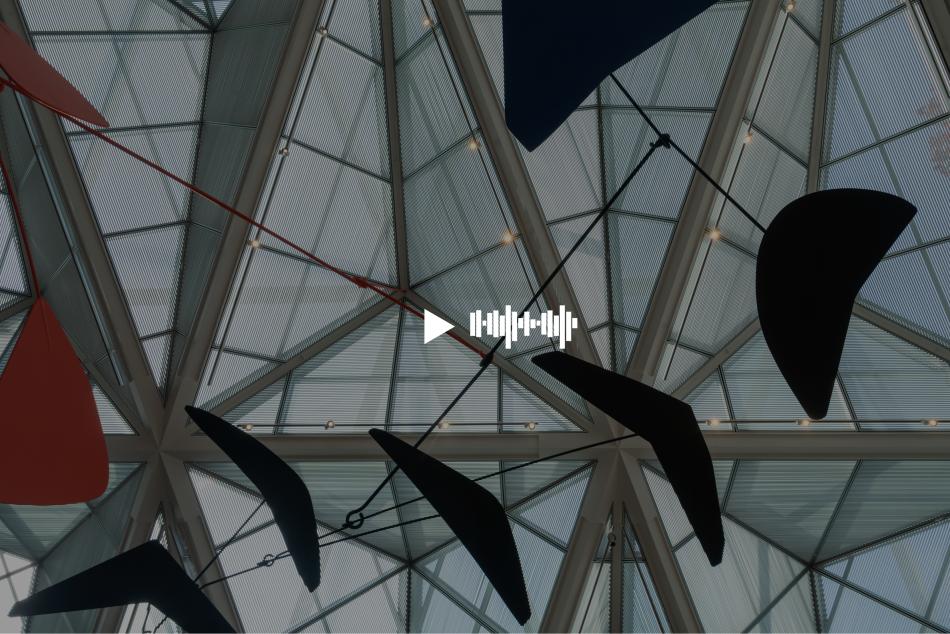HARRY COOPER:
Two women out for a stroll ... but what are they doing? [laughs] Why are they naked?
NARRATOR:
Ernst Ludwig Kirchner’s portrayal of these women exemplifies the style that became known as German expressionism, cofounded by Kirchner in the early years of the twentieth century. These artists filled their canvases with slashing strokes and often distorted figures rendered in high-keyed color. Kirchner and his circle emerged within a rapidly changing world: industrialization, the threat of war, social ills. They gravitated to cities like Dresden and Berlin but also embraced primitive cultures and a return to nature.
Harry Cooper, curator and head of modern art, quotes Kirchner on this new approach.
HARRY COOPER:
Kirchner said: “We carry the future, and want to create for ourselves freedom of life and of movement, against the long-established older forces. Everyone who, with directness and authenticity, conveys that which drives him to creation, belongs to us.” I think the key phrase in that quote: freedom. We really see in this painting an attempt to break out of rules and conventions, taking what would seem to be a polite subject, and stripping it— literally stripping the figures, presenting them naked in the landscape covered with this really aggressive color and texture.
NARRATOR:
If you’ll look closely here, you’ll see the woman on the right is wearing a hat, a relic of an old-fashioned way of life.
HARRY COOPER:
And so they seem to be caught, in a way, between cultures. A sort of European fantasy maybe, of what it would be like to live without a lot of the codes that we have and letting go of a lot of the trappings of civilization.




